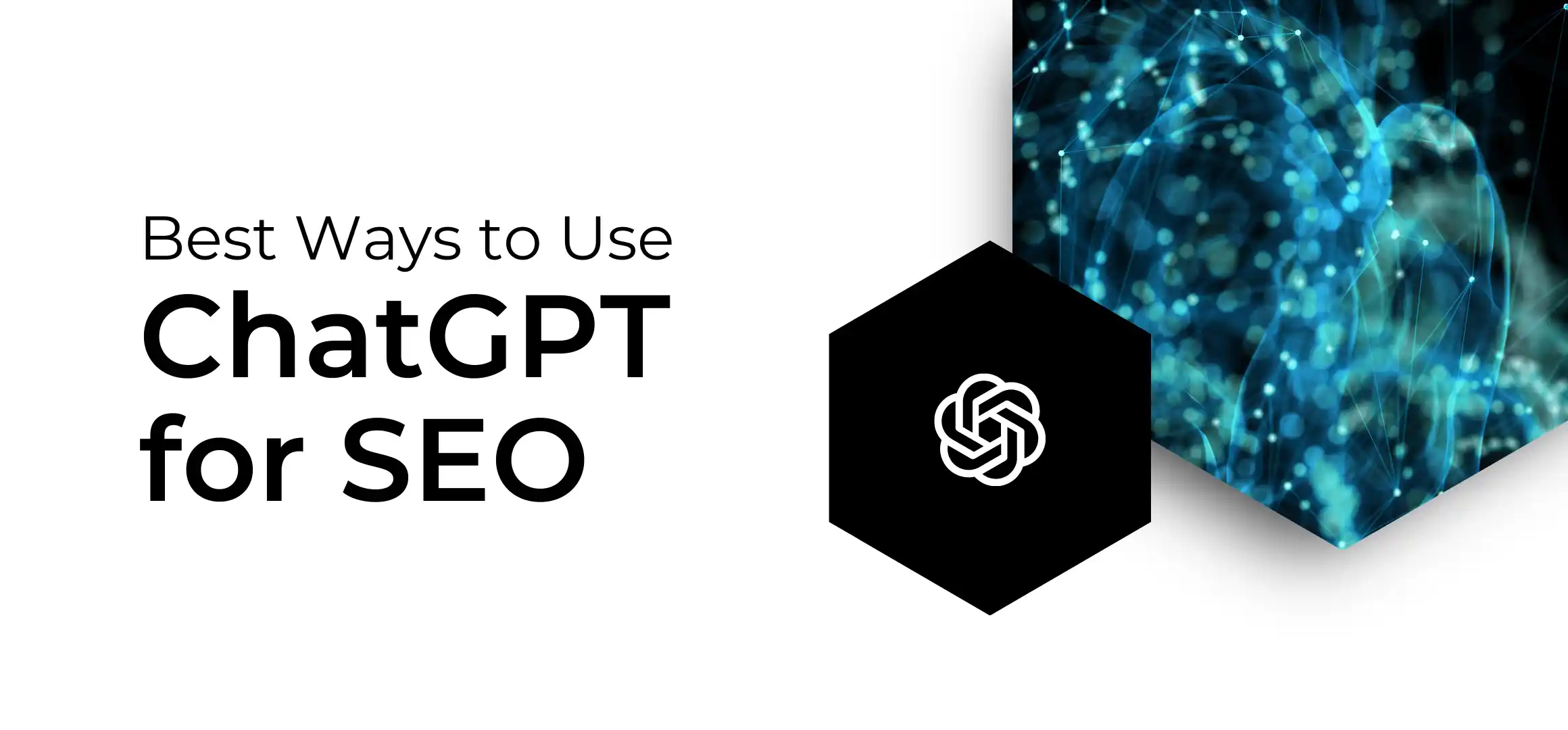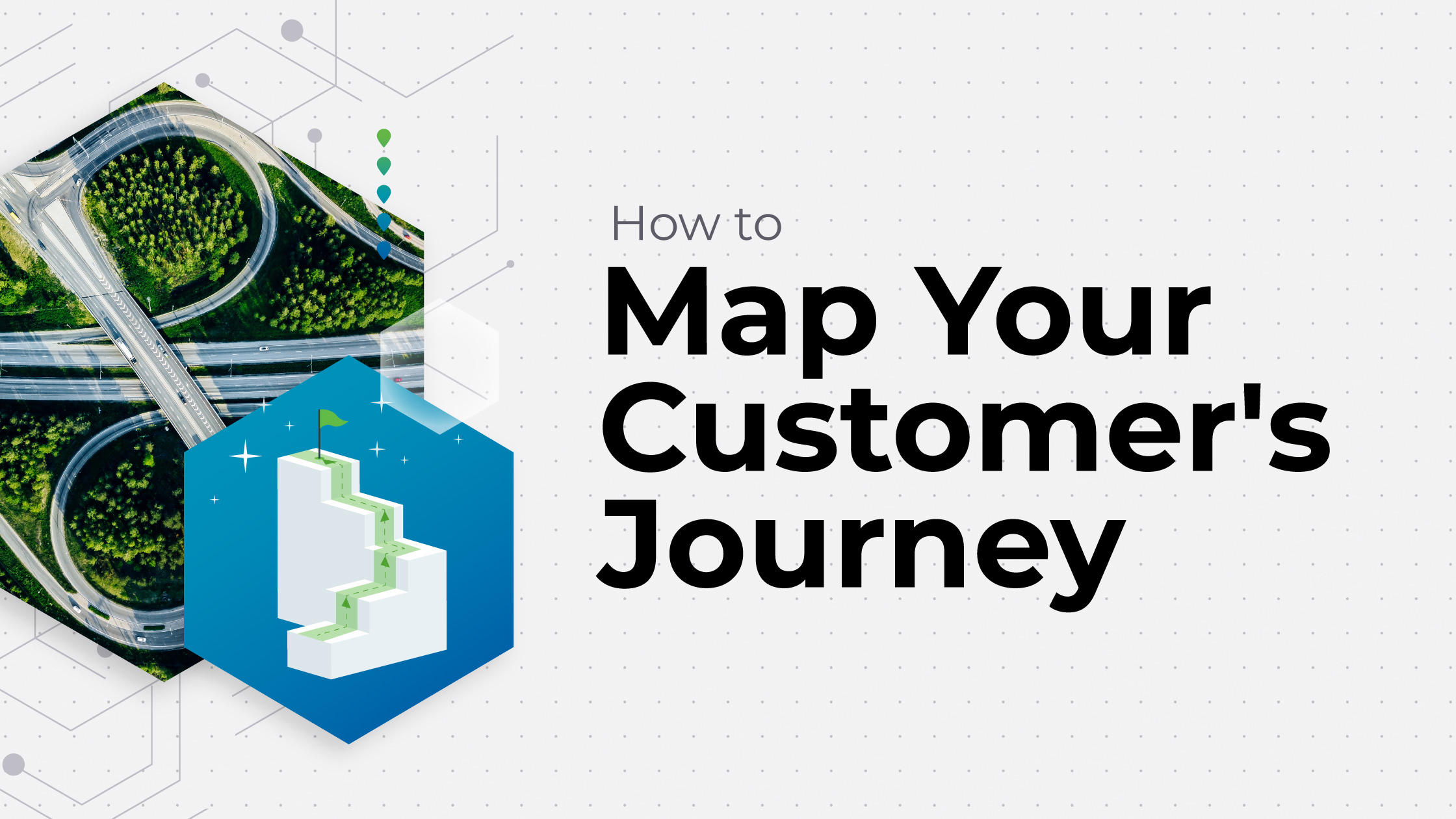To succeed in B2B and ecommerce, an effective strategy for tuning into your customers wants and needs is paramount. The better we understand their purchasing journey, the more customized our approach can be. From awareness to content marketing to activation, accelerating prospects through the sales funnel requires a thorough evaluation of your remarketing strategy.
What is Remarketing?
Remarketing is a term used by marketers to describe a variety of digital tactics. It describes an outreach to prospects who have previously visited your website, owned platform, or taken some trackable action. It can be text ads served to audiences who have clicked on your Google Search Ads. It can be YouTube videos, programmatic display ads, LinkedIn or Facebook social posts; and even good old fashioned printed direct mail. It can target individuals who have abandoned a shopping cart on an ecommerce site, or serve content to B2B prospects who’ve taken an appropriate action.
The point is, the many descriptions of remarketing are overlapping and incomplete.
Remarketing Tactics to Avoid
Remarketing strategies must be influenced by behavioral data collected as the audience takes specific actions. However, simply responding to their actions is not only insufficient, it can cause negative consequences. Consider the following common remarketing mistakes.
Bludgeoning. Repeatedly serving the same ad over and over to a previous website visitor in hopes of getting them to finally submit to the same call-to-action that they previously ignored.
Parroting. Serving ads or content that directly relates to their previous activity shows that you are considering their interests, but it doesn’t take into account the next step in their journey. Continually acknowledging what their interests are does not earn the high conversion rates it once did. Consumers are ready for companies to predict what their needs will be, rather than respond to what they currently are.
Siloing. Utilizing one tactic in a vacuum ignores the many other touchpoints audiences use. Prospects respond at a much higher rate when the remarketing strategy takes into account the multiple ways in which they engage with a brand.
What Makes Remarketing Effective?
Remarketing should be viewed as more than an individual tactic—it’s a strategy for using display, search, social, and content to bridge the gap between unknown audiences and known targets for nurture. Done well, remarketing takes emotions into consideration, helps to identify a person’s place in the buyer’s journey, and sets them up for a personalized messaging path that will nurture them from prospect to sale. Executing individual tactics without a strategy for success dooms your nurture program before it begins.
Effective remarketing is built from a framework of audience knowledge, a well-researched buyer’s journey, and a content strategy that will deliver the most relevant message to move the target from unknown prospect to identified responder. Ensuring an optimized conversion rate means bridging the gap from awareness to nurture/consideration to purchase through remarketing. To do this, consider:
Audience knowledge. Utilize your own customer data to model prospects, predict behaviors, and grow organically through current customer outreach. The availability of custom audiences within most platforms allows the opportunity to take your audience to new places and grow your knowledge base.
Message sequencing. Identify the messaging that resonates with your audience’s pain points during each phase from awareness, consideration, decision, and purchase, delivering them sequentially based on the behavior that triggers retargeting.
Dynamic delivery. Through partners or via self-serve, streamline your process by delivering dynamic remarketing ads built specifically for your target’s profile, interest, and actions in real time.
Multi-touch campaign. Do not limit yourself to one tactic. Reach potential consumers across multiple touchpoints through display, PPC, text, content, and native placements.
***
Customers want increased personalization and smarter, more humanly relevant messaging. Committing to these exercises now will position your brand for success when the digital world becomes a cookie-less one. Fixing your remarketing strategy will ensure greater engagement, conversions, and sales.
Second-guessing your remarketing strategy? Contact us and let’s talk about it!




